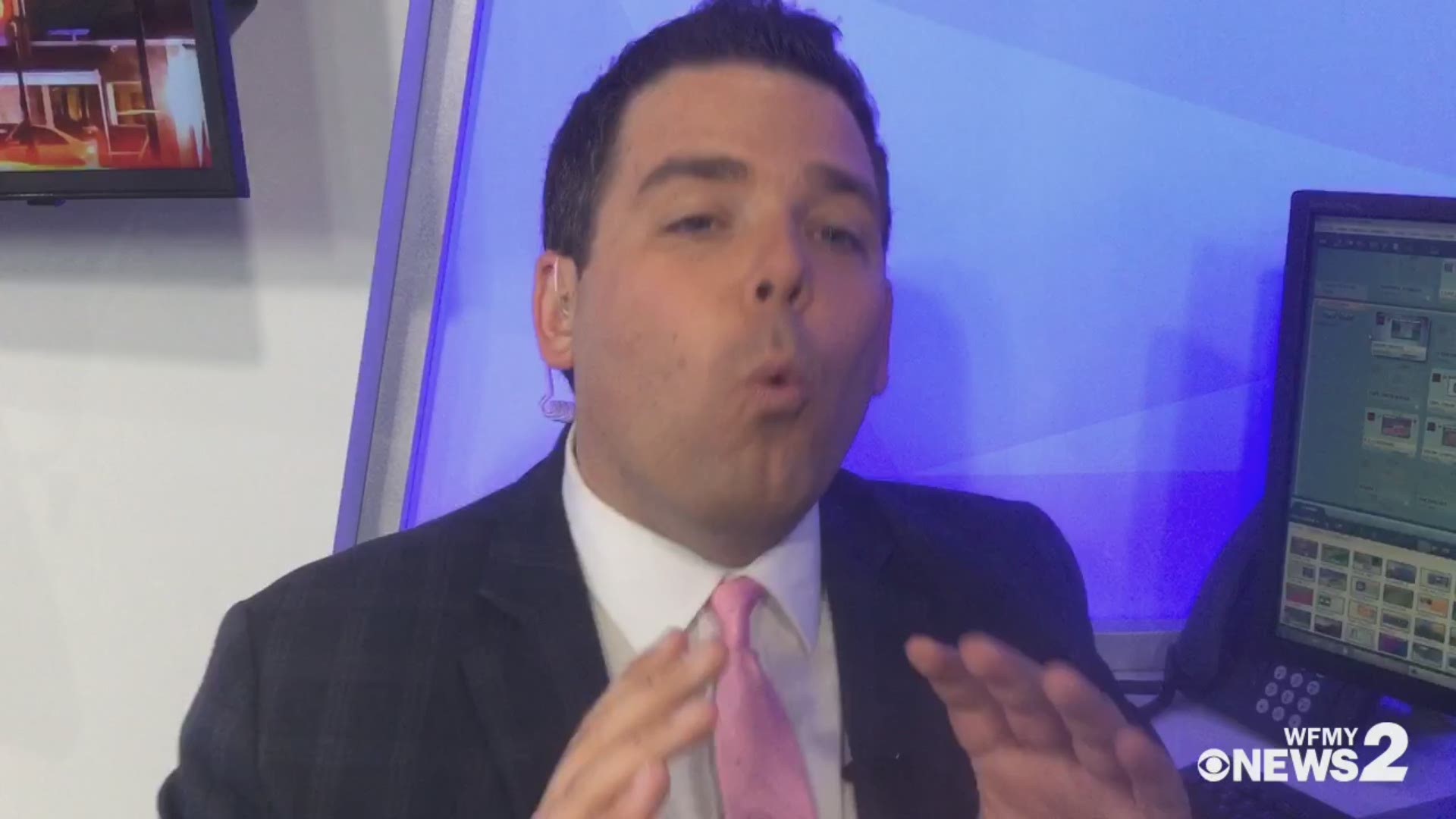GREENSBORO, N.C. (WFMY) -- Snow, sleet, and freezing rain – we will see mostly the sleet and freezing rain with this next round of winter weather.
WFMY News 2's Tim Buckley explains the differences.
Latest List: Snow Closings
Here’s how the National Weather Service defines each one and now you know exactly what we mean by a wintry mix.
SLEET - Occurs when snowflakes only partially melt when they fall through a shallow layer of warm air. These slushy drops refreeze as they next fall through a deep layer of freezing air above the surface, and eventually reach the ground as frozen raindrops that bounce on impact. Depending on the intensity and duration, sleet can accumulate on the ground much like snow.
FREEZING RAIN - Occurs when snowflakes descend into a warmer layer of air and melt completely. When these liquid water drops fall through another thin layer of freezing air just above the surface, they don't have enough time to refreeze before reaching the ground. Because they are “supercooled,” they instantly refreeze upon contact with anything that that is at or below freezing (32 degrees F), creating a glaze of ice on the ground, trees, power lines, or other objects. Even light accumulations can cause dangerous travel, while heavier amounts can cause significant damage to trees and power lines. A significant accumulation of freezing rain lasting several hours or more is called an ice storm.
SNOW - Most precipitation that forms in wintertime clouds starts out as snow because the top layer of the storm is usually cold enough to create snowflakes. Snowflakes are just collections of ice crystals that cling to each other as they fall toward the ground. Precipitation continues to fall as snow when the temperature remains at or below 32 degrees F from the cloud base to the ground.
► Make it easy to keep up to date with more stories like this. Download the WFMY News 2 App: Apple Users, Android Users

